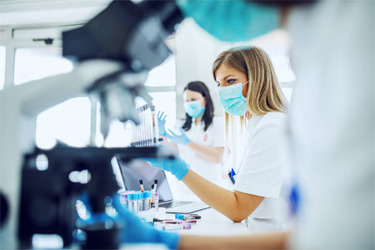Quality By Design And Affinity Chromatography

Affinity chromatography, often a critical step in the development of biologics, is a commonly used technique to isolate biomolecules of interest (e.g., antibodies, enzymes, receptors).
Despite its effectiveness, yield can vary based on the target molecule’s complexity. In standard monoclonal antibodies (mAbs), for example, the development of an affinity chromatography step is usually straightforward due to a wealth of historical knowledge that comes from having an extensive mAb portfolio. Standard mAbs typically demonstrate high dynamic binding capacity, high yields, and similar product quality outputs within the established operating ranges.
However, we often observe lower dynamic binding capacity with affinity resins for complex biologics that can lead to manufacturing facility fit constraints and lower yields. More complex biologics tend to possess certain process- or product-related impurities after affinity steps that become particularly challenging to remove, often resulting in a very low-yielding purification process.
As the industry utilizes more sophisticated protein structures in the development of complex biologics, how do we optimize the affinity chromatography step to ensure higher yields for more efficient biomanufacturing at scale?
This article discusses how to improve yields with quality-by-design (QbD) and addressing variability with historical knowledge.
Get unlimited access to:
Enter your credentials below to log in. Not yet a member of Bioprocess Online? Subscribe today.
